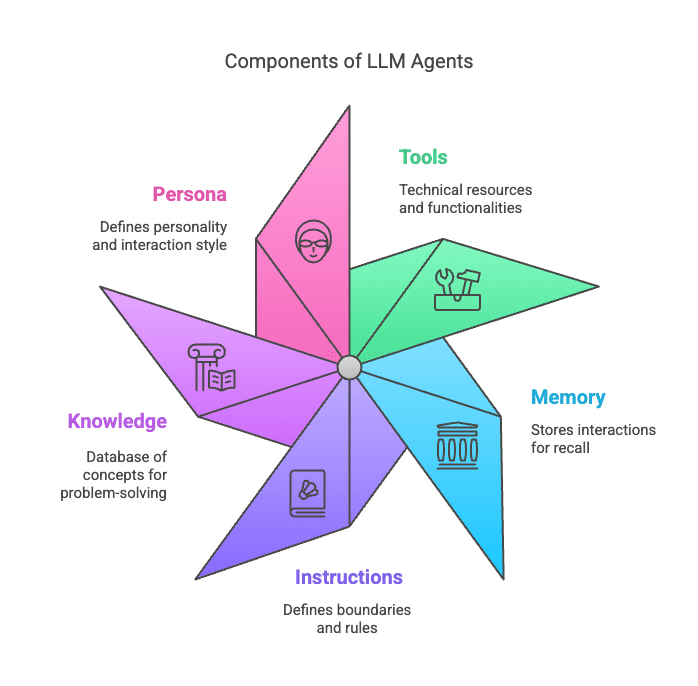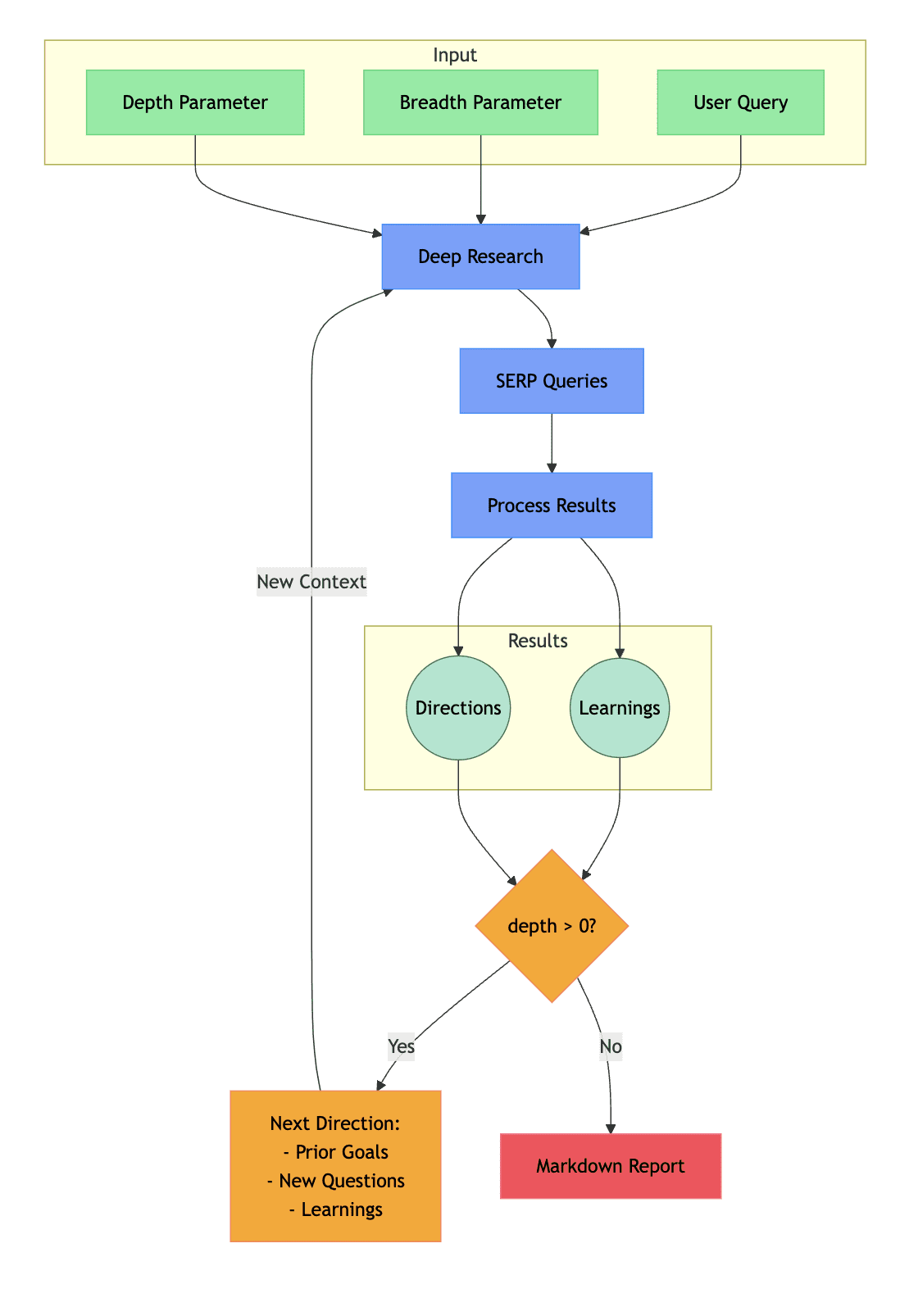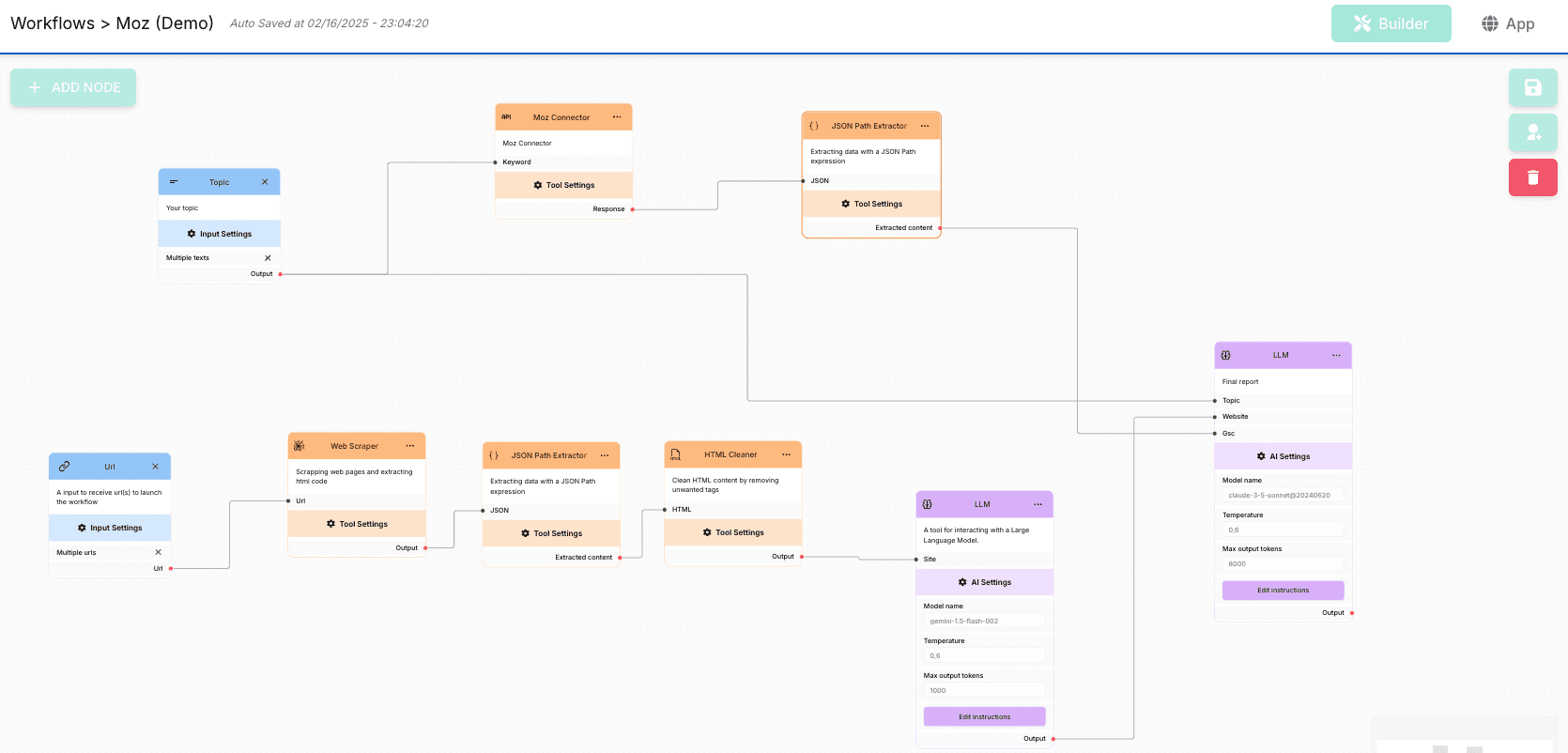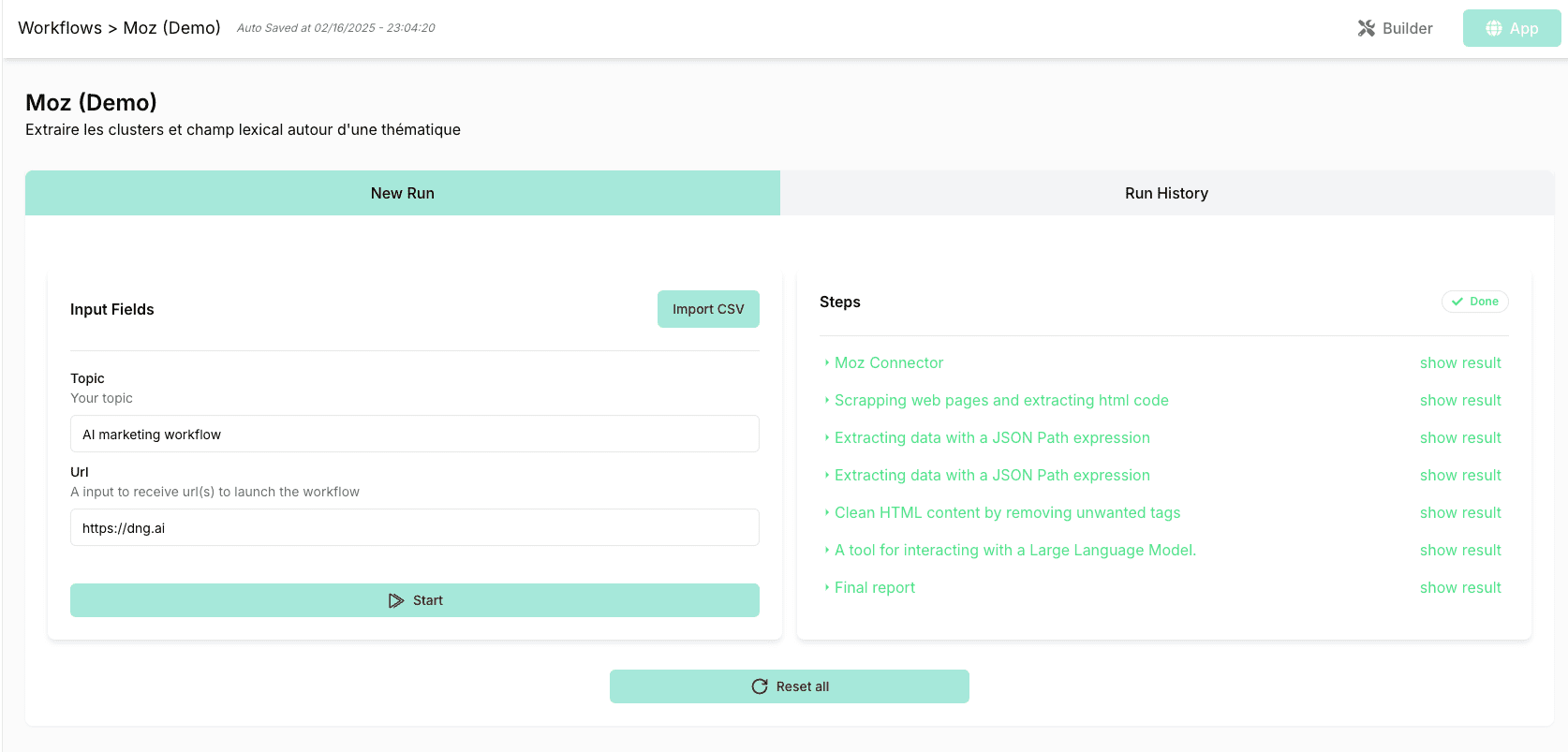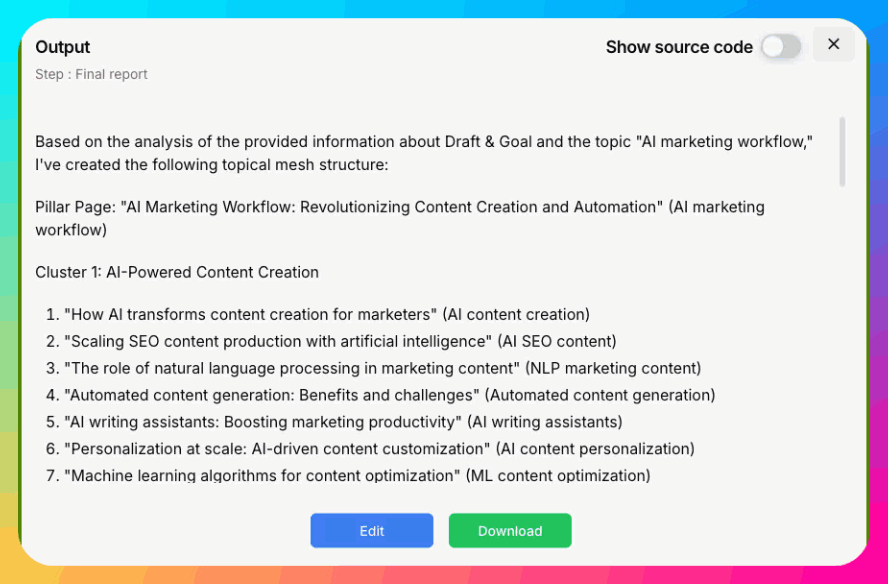The pace of change in search marketing has accelerated, and the stakes for keeping up to date have never been higher. This year’s selection of podcasts reflects a growing sophistication and expertise in the industry, a reaction to the intensity of pressure from AI and the erosion of organic search. The following SEO podcasts have been chosen for their grasp of what’s happening right now, publishing frequency, and willingness to embrace a more expansive perspective on all aspects of search marketing.
1. Crawling Mondays by Aleyda Solis
Crawling Mondays is by International SEO specialist Aleyda Solis. Her podcast covers the latest news related to SEO every Monday all year long. Each podcast is a concise summary of recent developments. Episodes clock in at 10 minutes or less, giving her audience a quick way to catch up and be up to date.
Aleyda also publishes special episodes on topics that matter to digital marketers. Those episodes range from 30 to 45 minutes long. Recent episodes featured an interview with Danny Sullivan, a discussion on whether ecommerce sites should produce informational content, how to to achieve programmatic content that’s not spammy and an in-depth discussion of JavaScript SEO.
Available on Apple, Spotify, and YouTube
2. Good Signals SEO Office Hours Podcast
- Hosts: Michael Chidzey, Jo Turnbull, Ruth Turnbull.
The affable hosts of the Good Signals SEO Office Hours podcast step into the gap left by Google’s essentially defunct SEO Office Hours show, offering their own take on discussing user-submitted questions. Every week features different guests, lending each episode a fresh perspective on SEO and a sense of community.
Watch on YouTube.
3. SERPs Up
- Hosts: Crystal Carter & Mordy Oberstein.
SERPs Up is a Wix SEO podcast focusing on questions and how-to’s relevant to publishers, in-house teams, agencies, and freelance search marketing professionals. They publish episodes weekly, with each episode lasting about thirty minutes, making them easy to commit to during those small pockets of free time.
Each episode covers a novel topic useful to most professionals. Recent episodes have focused on subjects like unifying offline and online marketing, thinking beyond algorithms, whether there’s such a thing as too much data, and email marketing.
Listen to the SERPs Up podcast on Amazon, Apple, and Spotify
4. The Majestic SEO Podcast
The Majestic SEO Podcast is a long-running and prolific podcast hosted by David Bain. It focuses on a diverse range of topics that are directly and indirectly related to SEO, including accessibility, user experience, AI search trends, and SEO itself. Their treatment of SEO is expansive, covering topics ranging from mining the sales team for customer insights to omnichannel marketing and examining what the phrase ‘Expert Content’ really means.
Host David Bain also looks ahead at developing trends by exploring concepts like agentic AI. Some episodes take a broader approach, stepping outside traditionally considered SEO topics—such as an interview with a psychology expert on how psychological principles could be applied to SEO.
SEO is a highly subjective field, and it’s easy for biases to narrow the range of discussion. That’s why it’s refreshing that Bain takes an expansive approach, welcoming a wide variety of guests and perspectives to the Majestic SEO Podcast.
Available on Spotify and YouTube.
5. Webcology
- Hosts: Jim Hedger and Kristine Schachinger.
Kristine Schachinger and Jim Hedger, hosts of one of the longest-running SEO podcasts, discuss the latest news and issues top of mind in the SEO community. Both hosts have decades of experience and draw from a deep well of knowledge, giving each topic the benefit of their considerable expertise.
Listen to new episodes on Apple, Spotify, and RedCircle.
6. The SEO Mindset Podcast
- Hosts: Tazmin Suleman and Sarah McDowell.
Hosts Sarah and Tazmin publish a weekly podcast about the experiences of life as a search marketing professional. Recent episodes discuss how to create a successful conference speaker pitch, how to enjoy networking, and how to make time for breaks. Google and its competitors never sleep. How does one keep up while also balancing career growth and personal fulfillment?
Covering both the personal and professional sides of the industry, their discussions provide insights, advice, and relatable stories for listeners navigating similar paths.
Sarah shared:
“Whilst there are amazing SEO podcasts out there, Tazmin and I saw that there aren’t many that just focus on soft skills, personal growth, and career development.
Yes, some touch on these topics, but we definitely saw an opportunity to create a podcast that solely focuses on giving SEO professionals actionable tips and advice, so they can optimize their careers, not just the algorithms. Cheesy tagline, but true!
Go on and give some of our episodes a try!”
Listen to the SEO Mindset Podcast at Amazon Music, Apple, and Spotify.
7. SEO Pioneers
Host: Shelley Walsh
SEO Pioneers interviews search marketing experts, many of them with decades of experience, about important topics of today as well as the history of SEO. It’s a great way to understand what’s happening from the unique perspective of experience and time.
This approach provides a deeper context for current industry trends, showing how SEO principles have evolved alongside emerging technologies, algorithm updates, shifting demographics, and user behavior.
SEO Pioneers offers listeners the opportunity to hear directly from those who have helped shape SEO. John Mueller even credited the show as ‘one to watch’ on Google Search News.
Listen and watch on YouTube.
8. Near Memo Podcast
- Hosts: Greg Sterling, Mike Blumenthal.
The Near Memo podcast discusses Local Search SEO, covering both current developments and broader industry trends. Recent episodes have explored Google Business Profile (GBP) issues, AI’s role in local search, and the growing challenge of review fraud, providing insights that help businesses and marketers stay on top.
Recent episode topics explored Google Business Profiles, new Google Maps features, and navigating Google reviews. Hosts Greg Sterling and Mike Blumenthal bring decades of experience to the podcast, and it shows.
Listen at: Amazon, Apple, Pandora, Spotify, YouTube.
9. Marketing O’Clock
- Hosts: Greg Finn, Jessica Budde, Christine ‘Shep’ Zirnheld, and Julia Meteer.
The Marketing O’Clock podcast delivers news and insights about paid advertising, as well as topics related to search and eCommerce. In an industry that can sound like an echo chamber, Marketing O’Clock offers its own unique blend of news, making it a great way to keep up with current events that may have been overlooked. Recent topics include Instagram’s new advertising format that enables creators to get paid and Bitly’s addition of interstitial advertising to shortened URLs.
Their podcast is released every Friday. Add it to your calendar and tune in to the latest episodes.
Listen to new episodes on Apple, and Spotify, and YouTube.
10. Fastlane Founders and Legacy with Jason Barnard
Past episodes in 2024 and 2023 covered SEO, but in 2025, Jason is shifting focus to conversations with successful digital founders about their experiences launching, scaling, and selling online businesses. Topics include building trust, managing reputation, growing an AI-driven platform serving millions of students, leveraging personal visibility for business growth, and recognizing when shifts in customers, products, or services signal it’s time to consider rebranding and how to navigate that transition.
Available on Apple Podcasts and Spotify.
11. Google Search Off The Record
- Hosts: Gary Illyes, John Mueller, Lizzi Sassman, Martin Splitt.
Search Off the Record is an informal podcast about search and SEO from Google’s perspective. Topics range from a behind-the-scenes look at search crawlers and indexing to the considerations that went into rewriting Google’s SEO Starter Guide, search ranking updates, and the concept of quality in search.
Two factors make Google’s podcast notable:
- Variety: There’s no other podcast that relates search and SEO from the search engine’s point of view.
- Authoritative source: The fact that it’s created by Google is a compelling reason to tune in.
The podcasts tend to ramble in the beginning with some extended banter and kidding around. But once the hosts get going, the insights start.
Available on Apple Podcasts, Spotify, and in the Google Search Central YouTube channel.
12. EDGE Of The Web
Edge Of The Web offers a roundup of the week’s SEO news with coverage of topics like Google updates, LinkedIn analytics, content authenticity, and Meta advertising, plus guests like Paula Mejia of Wix, Lidia Infante, and Britney Muller.
Available on Apple Podcasts, Spotify, and YouTube.
13. Clarity Digital Podcast
Clarity Digital podcast is a relatively new podcast that’s been highly active for the past few months. Its guests have decades of experience across a range of marketing topics that cover SEO and adjacent topics, reflecting the reality that modern SEO and marketing are intersecting more now than at any other time in search marketing history.
Recent episodes covered AI’s role in writing with Amanda Clark, branding and SEO strategies with Ash Nallawalla, and modern social advertising tactics with Akvile DeFazio.
Watch the podcast on YouTube.
14. Search With Candour
- Host: Jack Chambers-Ward.
UK-based Jack Chambers-Ward hosts a wide-ranging SEO podcast that sometimes offers challenging points of view, proving that SEO is a truly subjective topic. Recent episodes featured guests like Mordy Oberstein discussing branded search and a lively discussion with Itamar Blauer about Google and AI Search, raising the question of how much trust must erode before Google starts losing market share. Some of the topics explored invite different perspectives, and the podcast is at its best when embracing that dynamic.
Listen on Apple, Spotify, and watch on YouTube.
2025 SEO Podcast Shows
There are a few new additions this year, and a few dropped off because they stopped publishing. This year’s list is the strongest to date because of the high quality of the commentary and the wide topics covered which will appeal to search marketing professionals, business owners and creators.
More resources:
Featured Image: Jacob Lund/Shutterstock







